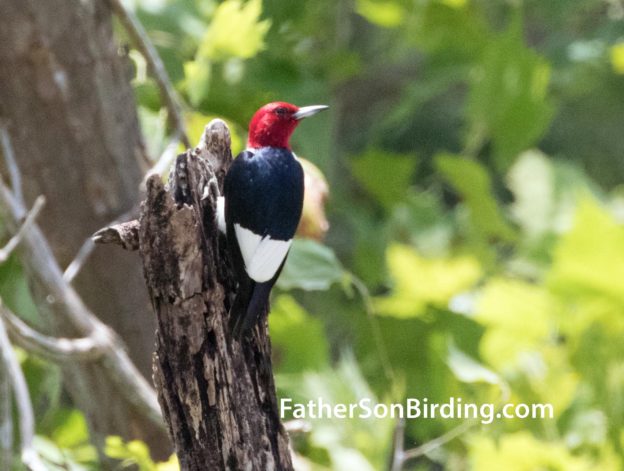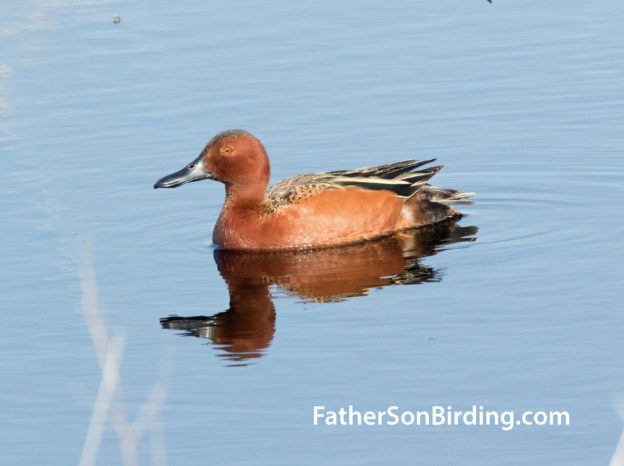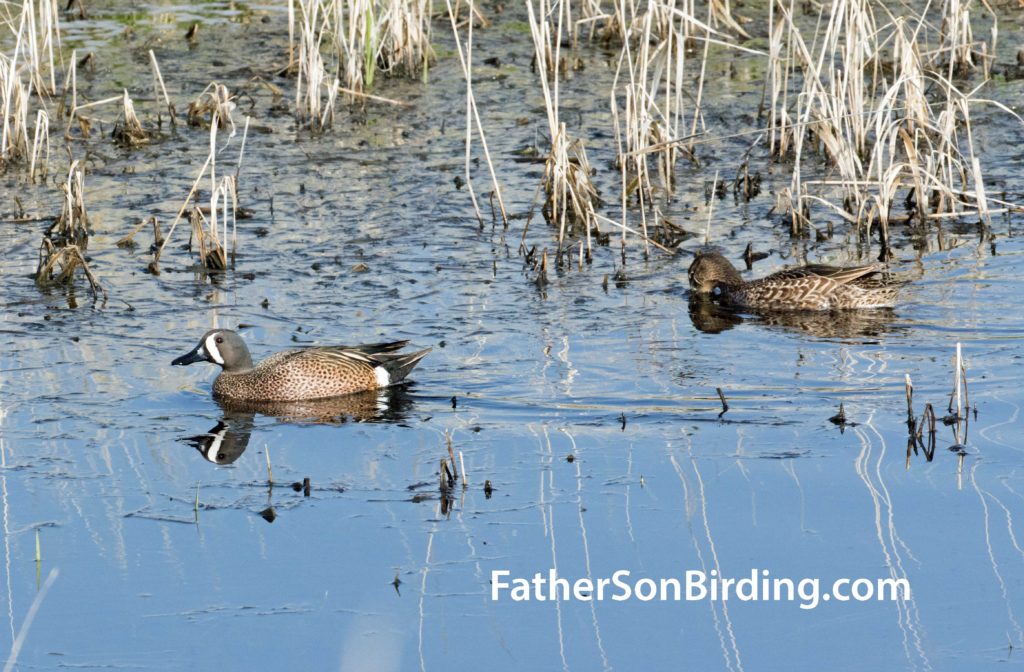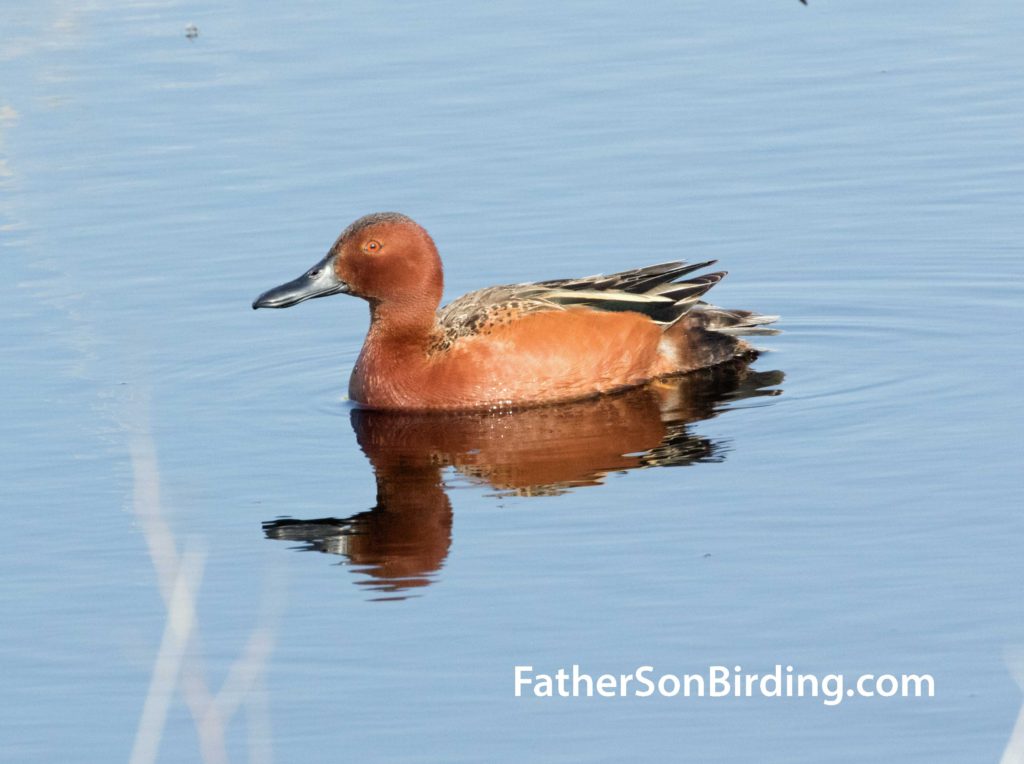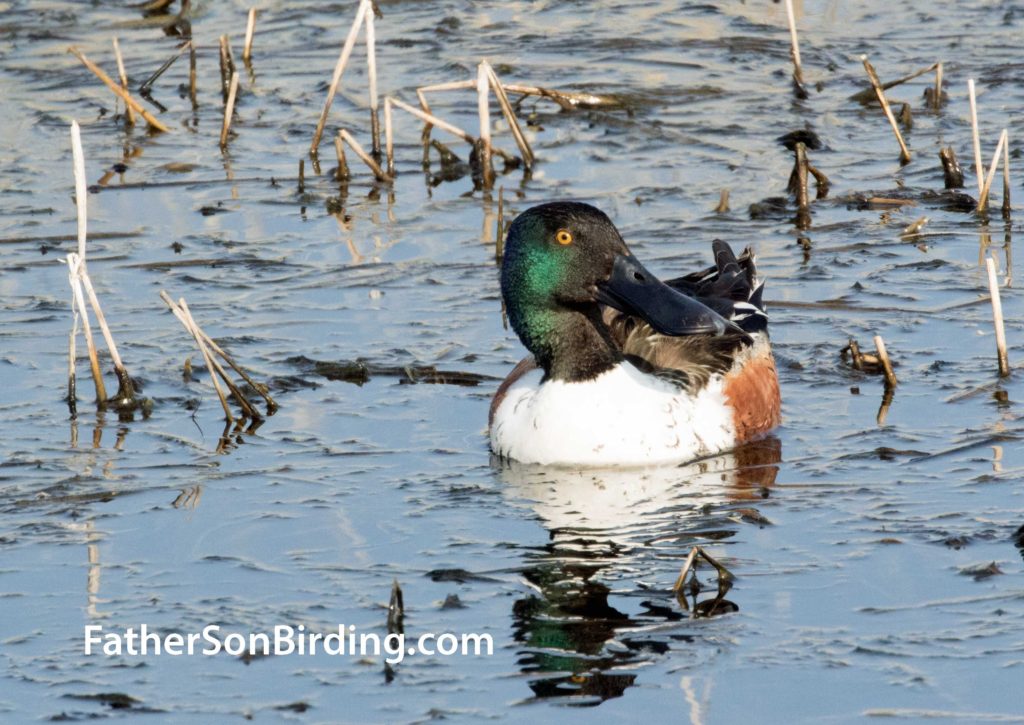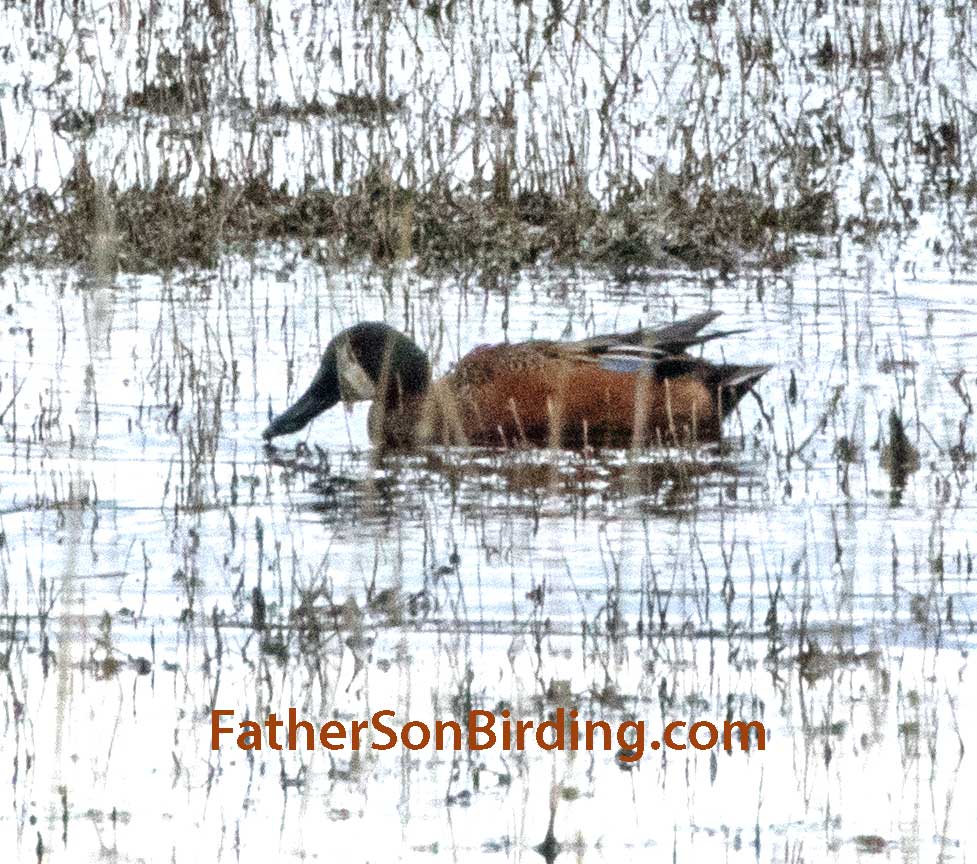If you enjoy these posts, please share them with friends, family, and other birders. Also, be sure to subscribe by filling out the form down in the right-hand column. Tweet-Tweet!
If you’ve been following this blog at all you know that Braden and I love birding Texas. Not only does the Lone Star State offer a delicious smorgasbord of temperate and tropical bird species, it provides an equally delicious variety of food, from Tex-Mex to BBQ. Little wonder I jumped at the chance to lead a professional development workshop for teachers there last week. I quickly learned, however, that birding in Texas in June is a far cry from birding there almost any other time of year.
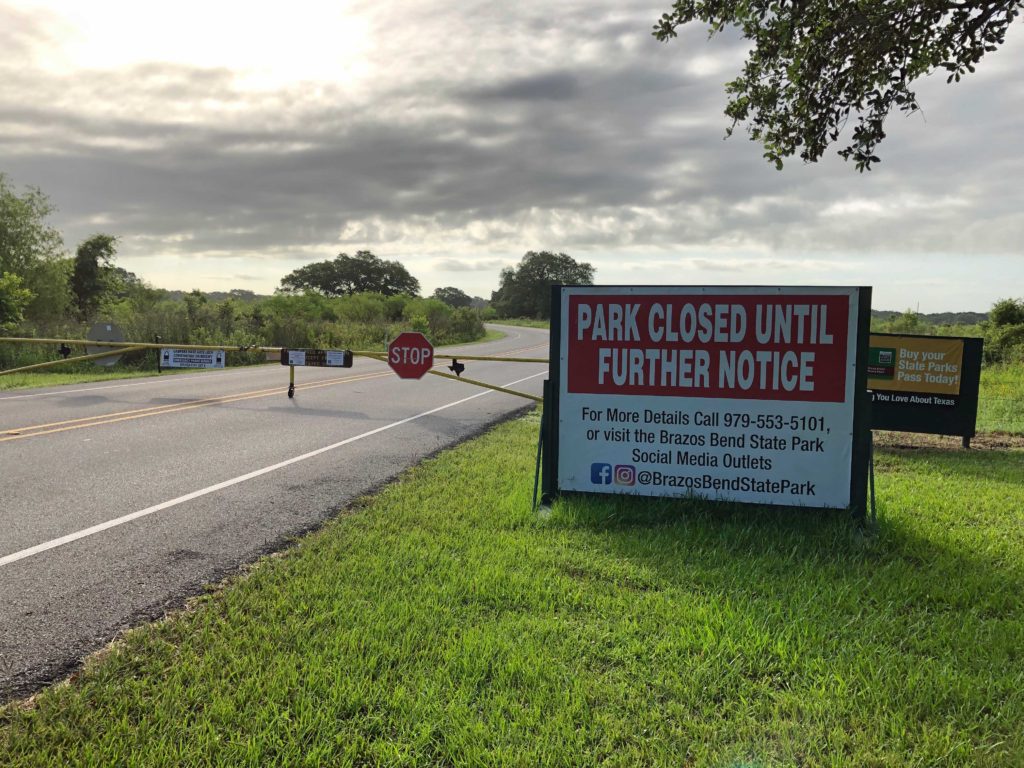
I should have guessed that birding would be tough when my flight down got diverted to San Antonio for four hours because of thunderstorms over Houston, eliminating an entire afternoon of birding I had planned. Nonetheless, I scored some great Tex-Mex food at Gringo’s that night and the workshop the next day went fabulously well. The following morning, I optimistically set off early to check out Brazos Bend State Park, which I raved about in last year’s post Winter Birding at Brazos. Unfortunately, at the entrance I was greeted with a giant sign informing me that the park was closed because of recent flooding.
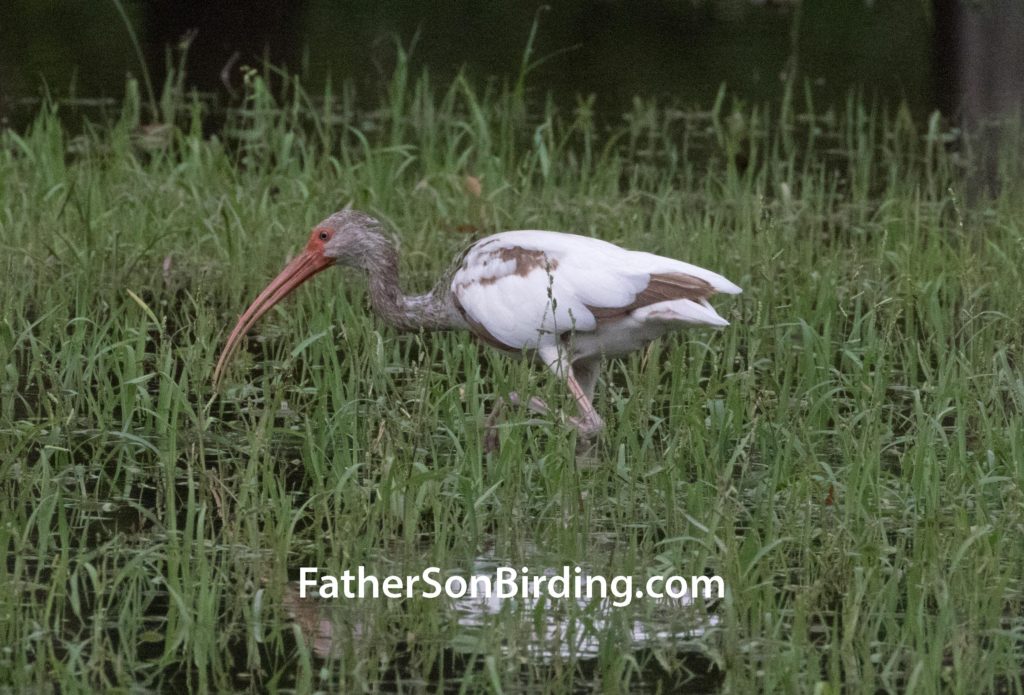
“What?” I exclaimed, outraged. At least the drive there and back proved fruitful as I spotted a Crested Caracara and Scissor-tailed Flycatcher, along with an impressive display of Cliff Swallows at a bridge. Alas, I found more flooding at my next stop, Bear Creek Pioneers Park. I walked around for more than an hour and managed some great looks at White Ibises and a Red-bellied Woodpecker, but by then temperatures were edging past 90 with a heat index above 100. I wiped my brow and muttered, “I’m good for one more spot. Then it’s back to the hotel to watch HBO.”
For my last birding gasp, I chose one of Braden’s and my favorite Texas birding spots—Jesse H. Jones Park & Nature Center. I guzzled a pint of water, donned my hat and insect repellent, and set out to see if any birds could actually survive in Houston’s legendary heat and humidity. Not much stirred, but I had a fun encounter with Carolina Wrens and two separate experiences with one of my favorite Texas birds, Red-headed Woodpeckers—including a juvenile that had just fledged. The woodpeckers didn’t entirely make up for the day, but they helped—along with seafood enchiladas and a margarita at Gringo’s!
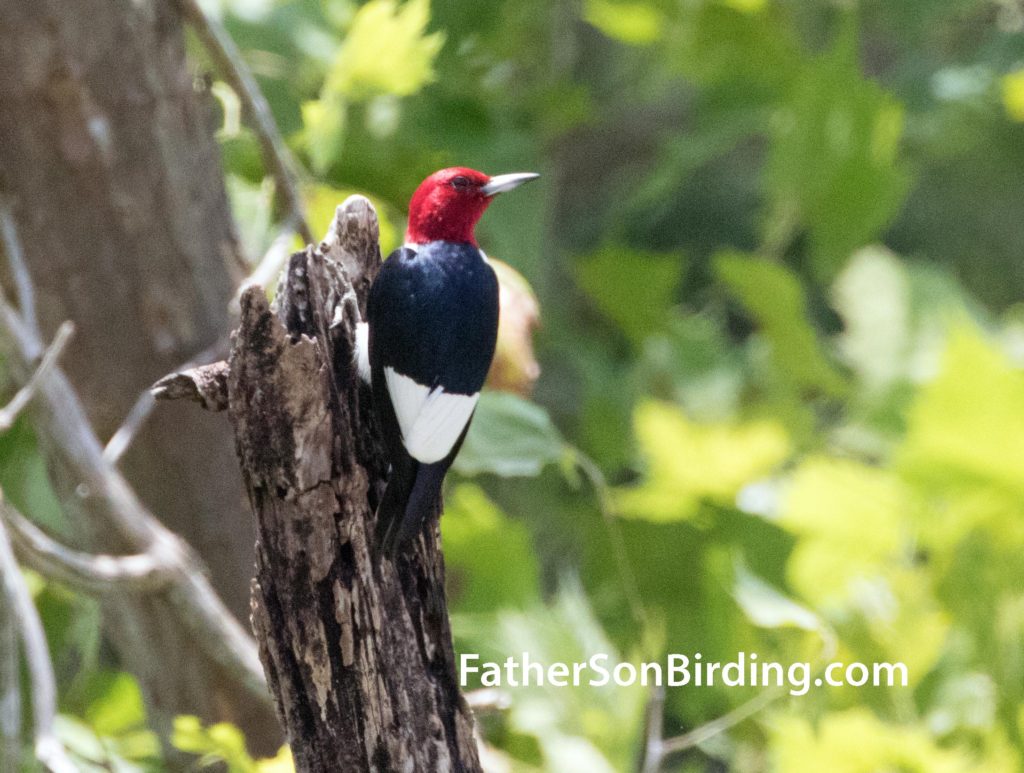
Before my flight home the next day, I had one more mission—to meet with biologist Donna Work at the W.G. Jones State Forest. The forest is the best place near Houston to learn about and observe endangered Red-cockaded Woodpeckers. Populations of these interesting birds have declined over the decades, mainly due to the destruction or replacement of the longleaf pines that they prefer to nest in. Donna met me just as dawn light reached across the sky and we chatted about all things woodpeckers while hoping to see the birds leave their roosting holes.
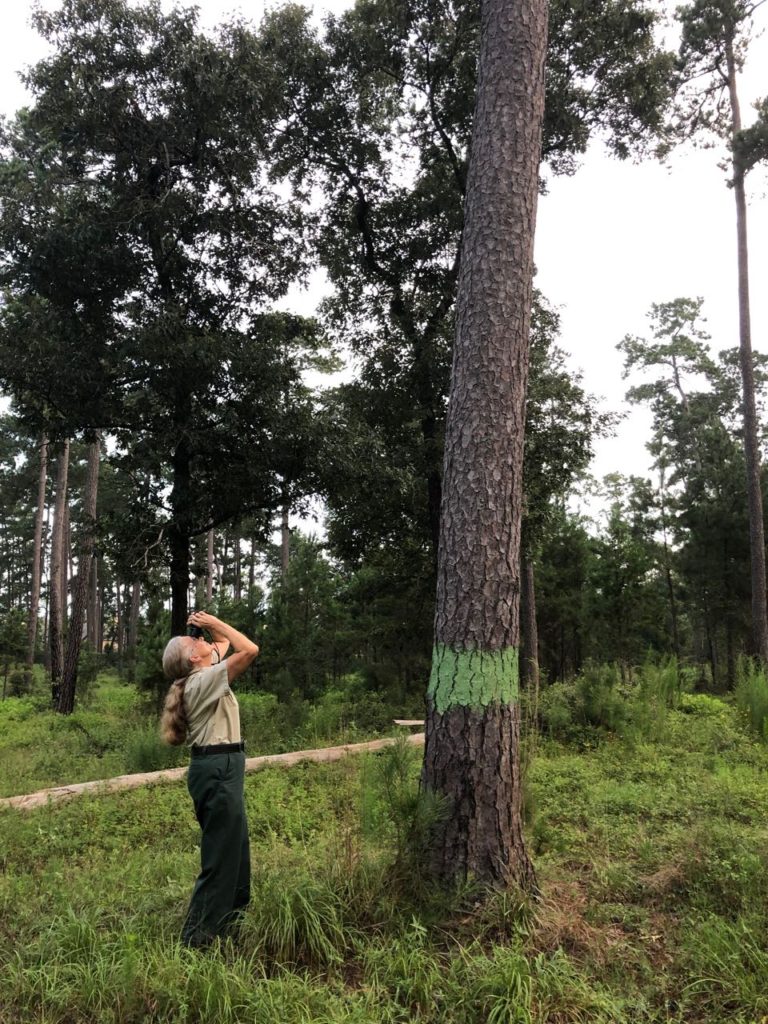
We missed the birds’ exit, but did glimpse them in the trees overhead. Donna explained that the forest hosts about four RCWO family groups and that nesting success varies year to year. This year, the group we were watching had fledged only a single chick. I asked her if the birds would survive without active management. “No,” she replied, explaining that the birds were too isolated from other RCWO populations to avoid getting inbred. To make up for this, forest managers bring in woodpeckers from other areas to breed with the resident birds. The forest itself also requires active management to mimic the natural fire regime that maintains conditions conducive to the woodpeckers. Despite the tough birding, I left Texas with my belly full, and felt glad that so many people are working hard to protect Texas’s avian treasures.

